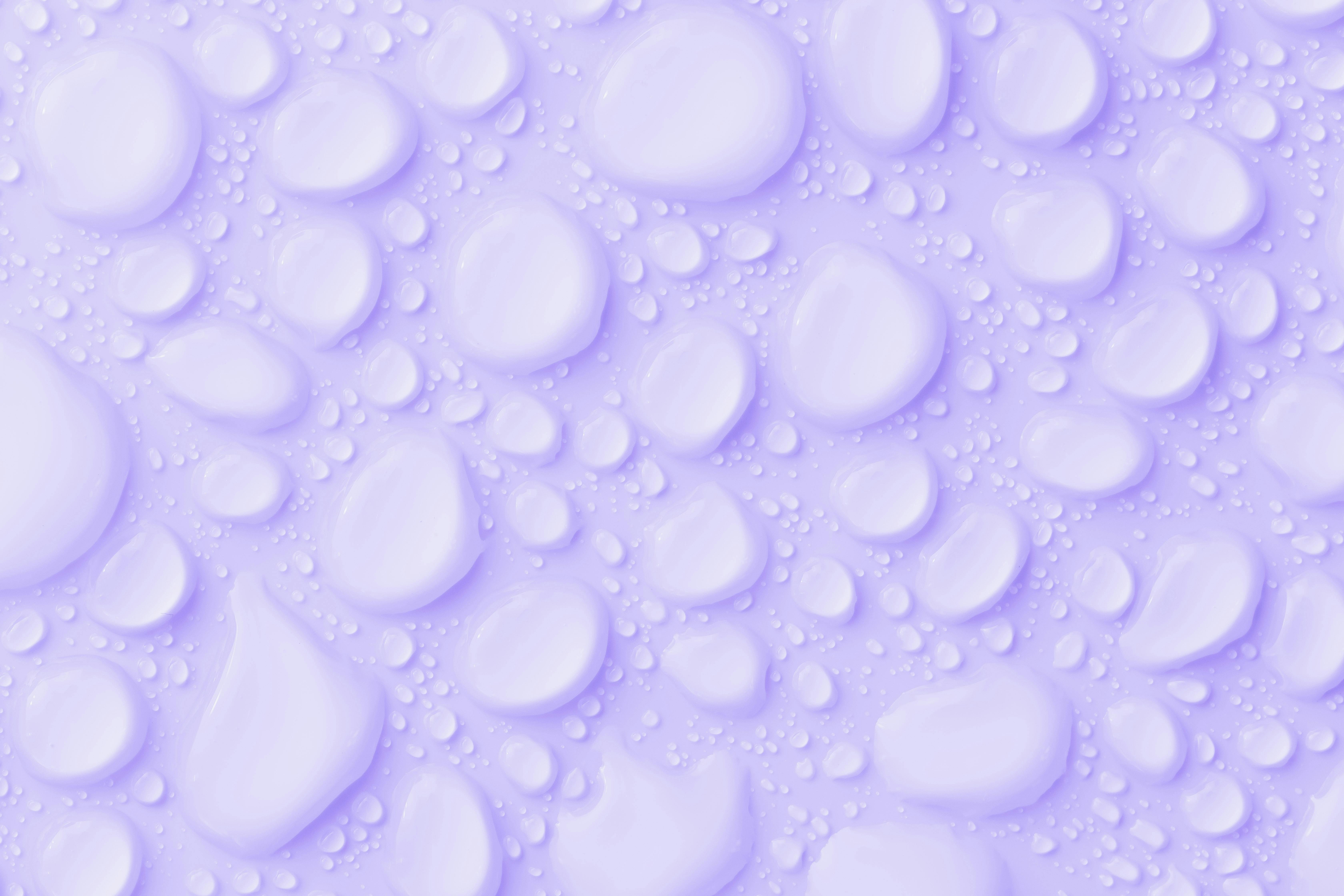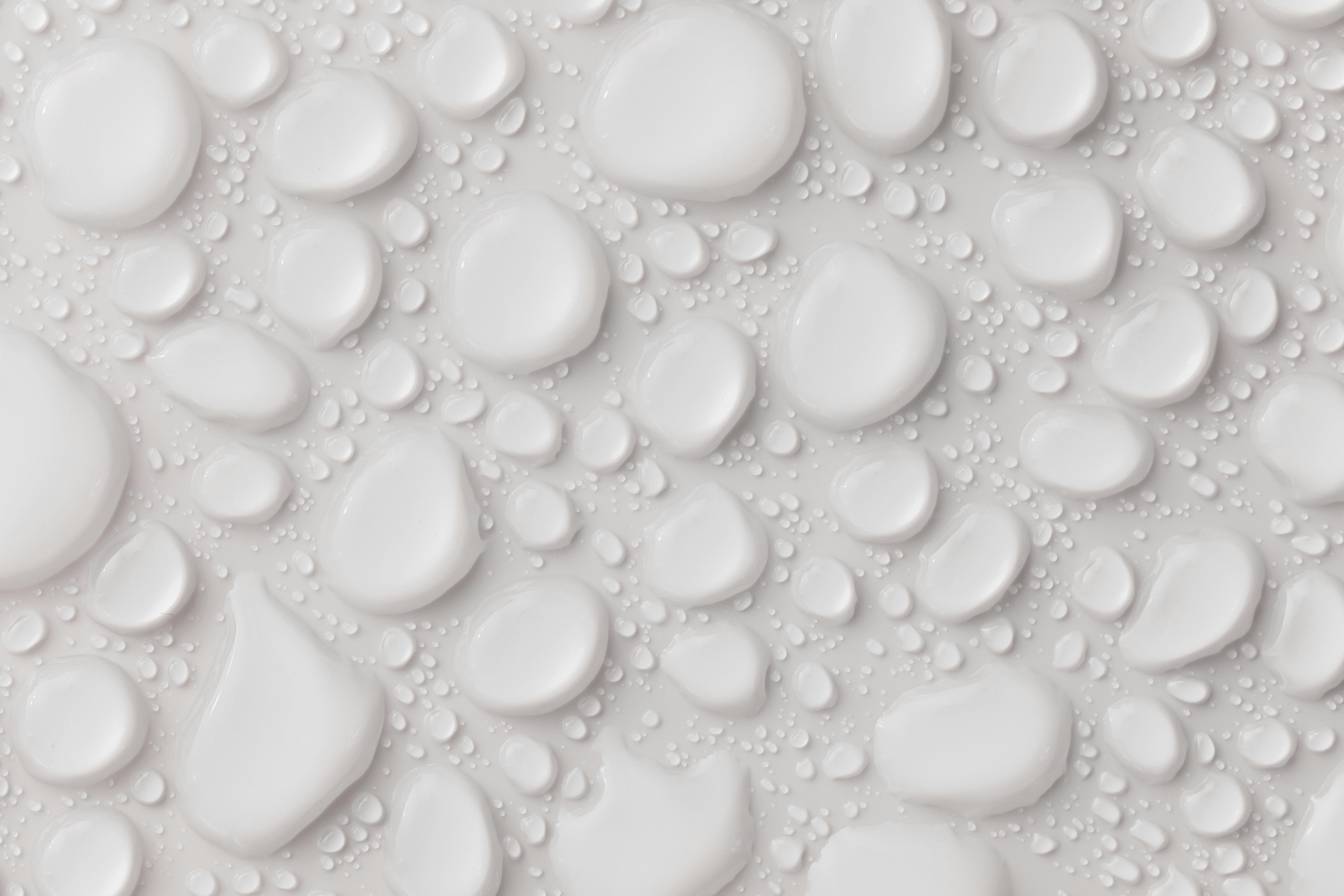Distillation is a process used to separate a mixture of liquids based on their different boiling points. Simple distillation and fractional distillation are two types of distillation used to separate mixtures. The main difference between simple distillation and fractional distillation lies in the number of separation stages they use. Simple distillation uses just one stage, while fractional distillation uses multiple stages.Simple distillation is a process used to separate components of a liquid mixture based on differences in their volatilities. It is a basic form of distillation that typically involves heating the mixture to its boiling point, collecting the vapors that are produced, and cooling these vapors down so that they condense into a separate liquid. This process can be used to purify and separate different liquids from one another.
Fractional Distillation
Fractional distillation is a process used to separate different components of a liquid mixture. It relies on the different boiling points of the components to allow them to be separated into fractions. This process is often used in chemistry, as well as in the refining and production of petroleum products. Fractional distillation involves heating a mixture until it boils and then collecting and cooling the resulting vaporized components. The vaporized components are then condensed back into liquid form and collected in separate containers, allowing for the separation of the different components. This process can be repeated multiple times, allowing for more precise separation of the different components.
Similarities between Simple Distillation and Fractional Distillation
Simple distillation and fractional distillation are both techniques used to separate mixtures of liquids. Both techniques involve heating the mixture, allowing the vapor to rise, and then condensing the vapor. This process is known as fractional distillation. Both techniques also rely on the difference in boiling points of the components of the mixture in order to separate them. The major similarity between simple distillation and fractional distillation is that they both involve heating a mixture of liquids and then condensing the vapor produced in order to obtain a pure component from the mixture.
Furthermore, in both techniques, a boiling flask with a condenser is used to contain the mixture during heating. The vapor produced due to heat is condensed back into liquid form by cooling it using a condenser tube. The condensed liquid is collected in a separate vessel for further analysis or use. Thus, another similarity is that both procedures require similar apparatus—a boiling flask, a condenser tube, and vessels for collecting purified components.
Simple Distillation and Fractional Distillation
Simple distillation and fractional distillation are two different techniques for separating a mixture of liquids into its individual components. Both processes involve heating the mixture to vaporize the components and then condensing the vapors to separate them. The primary difference between simple distillation and fractional distillation is that simple distillation is used when the components have vastly different boiling points, while fractional distillation is used when the components have similar boiling points.
Simple distillation is mainly used to separate liquids that have a large difference in their boiling points. The liquid mixture is heated until one component vaporizes, and then that vapor is condensed into a liquid that can be collected separately from the other components. This process works best when there is a large difference between the boiling points of the two components in the mixture, as this allows them to be separated more easily.
Fractional distillation is most often used when two or more liquids have similar boiling points. In this process, a fractionating column filled with packing material such as glass beads or structured plates creates multiple surfaces on which condensation
Advantages of Simple Distillation
Simple distillation is a relatively easy and inexpensive method that can be used to separate mixtures of liquids. It is one of the most commonly used techniques in chemistry laboratories and industrial plants. Some of the advantages of simple distillation include its low cost, relative simplicity, and wide range of applications.
The cost associated with simple distillation is usually quite low, compared to other separation techniques. This makes it an attractive option for chemical laboratories or industrial plants that are working with limited budgets. Furthermore, the equipment required for simple distillation is relatively straightforward and inexpensive to purchase or build.
Simple distillation also offers a wide range of applications in chemical analysis. It can be used to separate mixtures of liquids with different boiling points, such as ethanol and water or oil and water. In addition, it can be used to purify liquids or recover solvents from reaction mixtures. Finally, simple distillation can also be used to determine the boiling point of a liquid.
Overall, simple distillation is a reliable and cost-effective technique that can be used for a variety of

Advantages of Simple Distillation
Simple distillation is a process that is used to separate substances from one another. It is a common technique used in laboratories and industries, and can be used to separate liquids with different boiling points. The advantages of simple distillation include its effectiveness in separating liquids, its affordability, and its relative ease of use. It is also a relatively safe process when performed correctly.
In simple distillation, the mixture is heated until one component boils off, leaving the other behind in the flask. This allows for the separation of two different substances with different boiling points. Since the boiling points are known for each substance, it is easy to determine at which temperatures each component will evaporate and be collected separately. This makes it an effective method for separating substances with distinct boiling points.
Simple distillation is also an affordable process when compared to more complex forms of distillation such as fractional distillation or steam distillation. The equipment needed for simple distillation is relatively inexpensive and readily available in most laboratory settings. Additionally, it requires minimal technical knowledge to set up and operate, making it an accessible
Advantages of Fractional Distillation
Fractional distillation is a process that uses differences in boiling points of components in a mixture to separate them. This process is widely used in industries such as petroleum, petrochemical, and chemical due to its various advantages. The main advantage of fractional distillation is its high efficiency. It takes less time and energy compared to other methods of separation. The process can also be used to separate two liquids with very similar boiling points, which other methods cannot do effectively.
Another advantage of fractional distillation is that it produces highly pure products compared to other methods. It can be used to purify a wide variety of mixtures with high degree of accuracy and precision. Furthermore, the process does not require large amounts of energy or expensive equipment, making it cost-effective and easy to use.
In addition, fractional distillation is also relatively safe for workers since it does not use any hazardous chemicals or materials during the process. It also produces minimal waste compared to other methods, which makes it more environmentally friendly.
Overall, fractional distillation offers many advantages over other processes for separating or purifying
Advantages of Fractional Distillation
Fractional distillation is a separation process that is used to separate a mixture of two or more liquids that have different boiling points. It is an effective technique for separating liquids that have similar boiling points, such as water and ethanol, or oil and gasoline. The advantage of fractional distillation is that it can be used to separate very complex mixtures. For example, it can be used to separate a mixture of hydrocarbons with different boiling points from crude oil. Another advantage is that it can be used to produce very pure products. By using multiple distillations, it is possible to obtain extremely pure compounds from mixtures with many components.
Disadvantages of Fractional Distillation
The main disadvantage of fractional distillation is its high cost. It requires specialized equipment and skilled personnel which makes it expensive to use in many applications. Additionally, the process requires large amounts of energy which further increases the cost. Another disadvantage of fractional distillation is its slow rate of separation, which can make it difficult and time consuming to separate complex mixtures into their individual

Conclusion
Simple distillation and fractional distillation are two processes used to separate mixtures of substances. Simple distillation is a process that takes advantage of the different boiling points of the components in a mixture, while fractional distillation uses multiple temperature changes to separate more complex mixtures. By understanding the differences between simple and fractional distillation, it is possible to choose the appropriate method for separating various mixtures.
When selecting a distillation method, it is important to consider the properties of the mixture and the desired outcome. Simple distillation can be used to separate components with significantly different boiling points, while fractional distillation is best suited for separating components with more closely related boiling points. With this knowledge, chemists can use either method to achieve their desired results.

